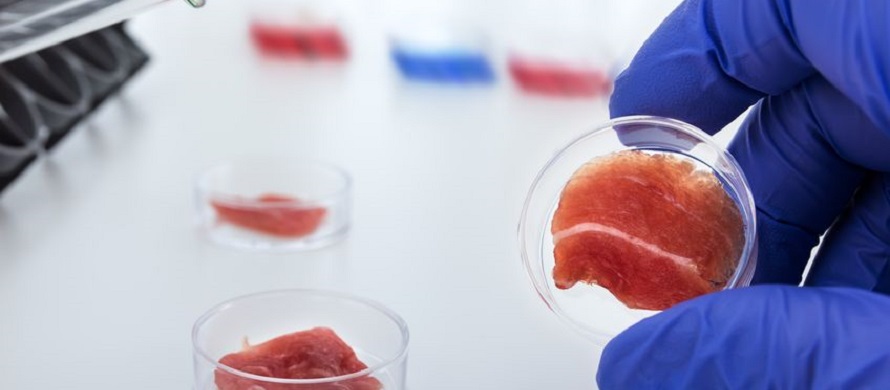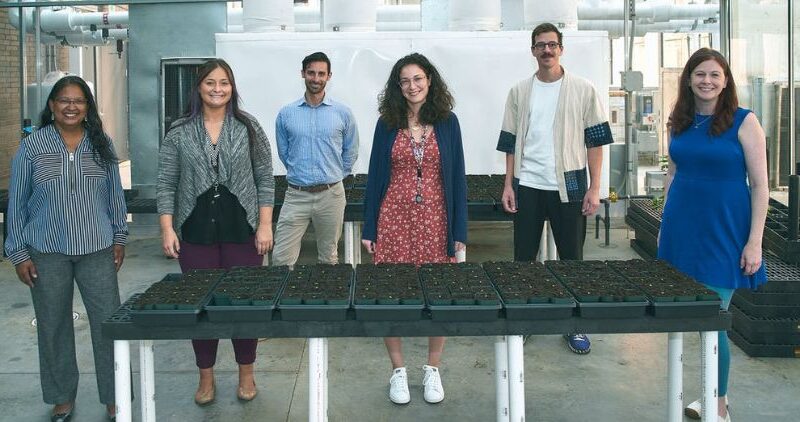Cultivated meat started as something out of a sci-fi blockbuster. Now, it’s a reality being served up in select restaurants, with the potential to hit grocery shelves one day.
The idea of producing meat in a lab was first discussed in the 1950s, when Dutch researcher Willem van Eelen, called one of the “godfathers of cultured meat,” came up with the idea. Even before then, however, Winston Churchill hinted at the idea in his 1931 essay, “Fifty Years Hence,” as he questioned the need for an entire chicken just to eat the breast or wing when these parts could be grown, “separately by a suitable medium,” he wrote.

Now, with the USDA having issued grants of inspection to Upside Foods and Eat Just, it’s clear that Churchill and van Eelen’s ideas are no longer pipedreams. With this final authorization, cultivated meat is now entering the US market.
Meanwhile, in late July, Aleph Farms — an Israeli cellular agriculture company — submitted the first ever application for cultivated meat in Europe as they look to enter the Swiss market.
But elsewhere, in Italy for example, regulation has met some difficulty. The Italian Senate recently passed a bill banning cultivated meat.
“Italy, which is the world leader in food quality and safety, has the responsibility of leading the way in health and environmental protection policies” said Ettore Prandini, president of Coldiretti, regarding the bill.
Aleph Farms may see success in Switzerland since the Swiss generally have a a high affinity for innovation and progress and “74% of Swiss consumers are open to trying cultivated meat and are motivated to try it chiefly by curiosity and a desire to align with principles like sustainability and animal welfare,” the Aleph Farms release said.

In June 2023, the U.S. Department of Agriculture Food Safety and Inspection Service issued new directives and a notice regarding the regulation of cell cultured food. With the publication of these new documents, there is a bit more clarity on how USDA-FSIS plans to execute regulatory obligations in this space.
** Click here to read the full-text **
















